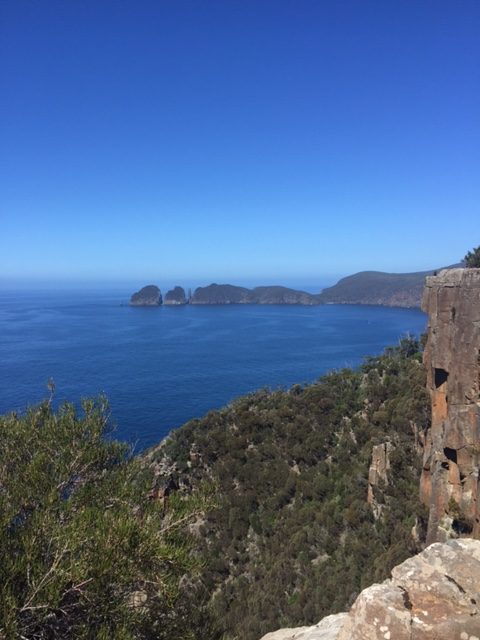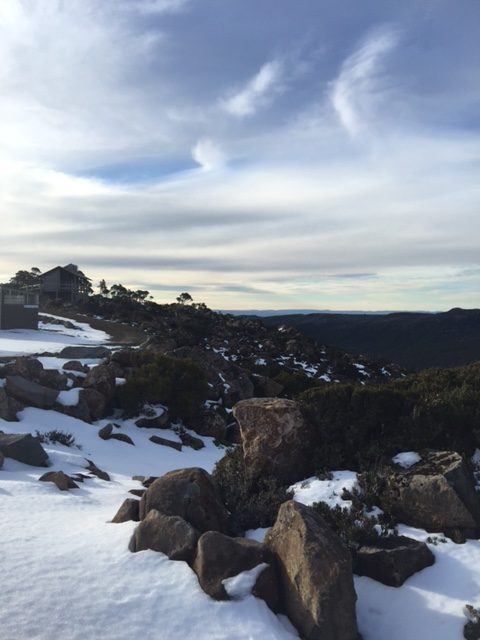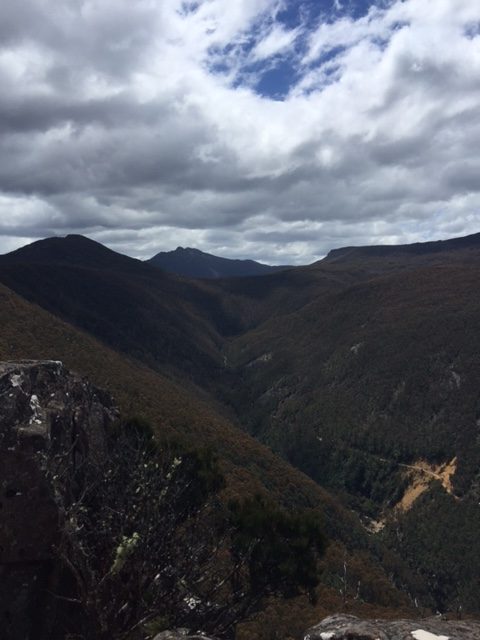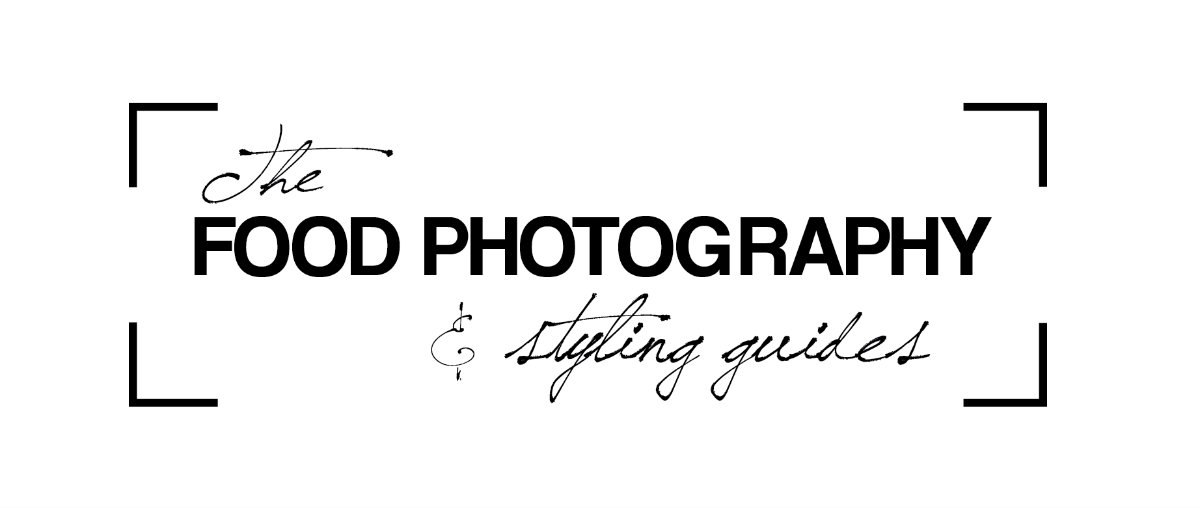Understanding seasonal light
24
MARCH, 2017
One of the most fundamental elements in photography is light.
Learning to understand light and how to use it can be the difference between a good photo, and a truly great one.
I have talked about the importance of light here before, but today I wanted to talk about seasonal light.
Part of understanding light and using it to your advantage is to notice how light looks in difference spaces, at different times of the day, in different seasons, at different times of the year.
Whether you’re in the southern or northern hemisphere, you should start noticing the changing colours and light that occur this time of year.
In winter, the light is darker, softer and subtle. Even on sunny days, you can usually get by without wearing sunglasses and not have to squint to much. Winter light is also cool – you may notice a slight blue shade in your photos this time of year. Due to the lower positioning of the sun, the shadows cast are longer.
Summer, on the other hand, has really bright light – if you’re outside on a sunny day in the middle of the day, the light is quite harsh – you’ll likely have to shade your eyes from the sun. It’s also a really warm light, casting subtle yellow, orange and pink shades in your images. And by contrast, in the height of summer, the shadows are relatively short.
Take a look at the following two shots below to see what I mean. The first was taken in July (the middle of winter here in Tasmania), and the next one was taken in February (ie summer). The photos are both taken in a similar location, about 200m away from one another, around midday. Both photos are taken on an iPhone 6, and are unedited.


You can see that in the first photo, the light is a lot softer, almost gentle, with the low set sun casting shadow over the rocks. In the second photo, the light is noticeably bright.er and more vibrant. The water and skies look bluer, whereas in the winter photo the tones are more muted and blend into one another a little more. Though there were a few whispy clouds in the winter shot, is was a mostly clear day, close to the shortest day of the year.
The photos below show the difference between summer and winter again, but this time with more cloud coverage. The first was taken at the end of May (ie very late autumn) and the second in mid December (the start of summer) Both were sunny days with intermittent cloud coverage, and both images were shot early afternoon.
Again, you can notice that despite the cloud coverage in the summer shot, the blue sneaking through is a lot brighter, as is the light in general. The light in the first one on the other hand is a lot softer. Notice though how the light in this winter shot appears a little brighter than the other one – this is most likely due to the light reflecting off the snow. If you’ve ever been skiing on a sunny day you’ll now how bright the sun can be coming of the clear white snow!


You have probably heard of the term the “golden hour” which is the period shortly after sunrise, or before sunset, when light is soft and golden (hence the name) and complimentary to the scenery and subjects within it.
In spring and autumn, photography takes on more of this feel – it’s softer, and more forgiving than what it is in the bright extremes of summer. Look out for this when you’re outside over the next few weeks – it’s a lovely light and make for beautiful outdoor photos.
“Learning to understand light and how to use it can be the difference between a good photo, and a truly great one”
So what does this have to do with food photography? Understanding light will make you a better photographer – whether you are shooting landscapes, streetscapes or in our case, when we are shooting food.
Food usually looks it’s best shot in natural light, and therefore understanding how light looks – the intensity or subtleness of it, the hues it produces, the shadows it casts, its important to know for any type of photography.
Learning to understand light will also help you to know when to shoot – for example, if you like a dark and moody look, it is very hard to emulate in the middle of a sunny day in summer. Not impossible – and being clever with shadow boards and editing can help – but noticing how light looks during this period will help dictate not only when in the day to shoot, but also where in your house has the best light to emulate the look you want. Likewise, it can be harder to achieve a light, bright look in late afternoon in the winter months. – again, using reflectors and through editing we can overcome some of this, but getting the light right in the first place is always going to be a big plus.
Light can be complex to learn, and it is one of the key areas we focus on in the online course. There is too much to write about it in one post, but to start to help you understand light a little better I want you to go OUTSIDE and take some photos over the next few weeks. Notice how light looks in different weather, and at different times of the days. Notice how much shadow there is (or how little), and whether the light looks cool or warm. Learning light isn’t a simple or straight forward process, but starting to notice the difference in light, you’ll start to gain a greater appreciation and understanding of light overall.
Sign up to for exclusive content and special offers

